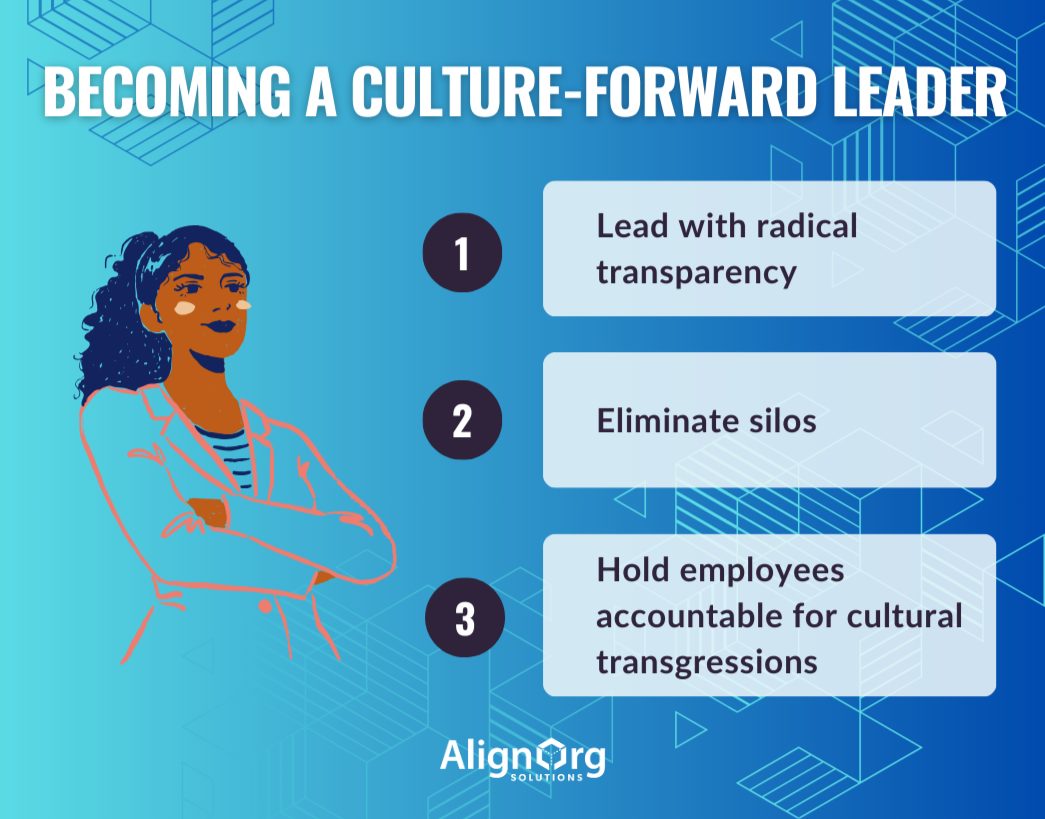In the symphony of steering a company’s success, culture is no mere background score — it is the very architecture that can make or break the business’s crescendo. It’s not enough to hope for a vibrant, innovative, and efficient culture. Business leaders must strategically engineer it if they want their enterprise to sing with uniqueness and power.
A distinguishing corporate culture acts as the North Star of brand identity, employee behavior, and customer interactions. If your company’s culture is only a reflection of your collective unconscious, it’s practically destined to be a hodgepodge of values, norms, and behaviors — an unguided missile unlikely to hit the bullseye of business outcomes.
Culture on Purpose: An Act of Deliberateness
The concept of culture is often mired in nebulous descriptors. “Company culture” is frequently used to encompass everything from office layout to employee dress code. Yet, to truly harness the power of culture, leaders must strip it down to its core — a set of values and behaviors, individually and collectively, which can help an organization thrive. I’ve outlined four questions that can set you on the path to creating an intentional culture within your organization.

What Sort of Company Do You Want to Be?
First, it is essential to define the end goal. What type of entity do you aspire to create? Is it a challenger brand that invigorates the market with relentless innovation? Or perhaps a paragon of customer service armed with an unwavering empathy-infused culture?
Values as Culture Blueprint
Choosing a set of company values not only articulates the ethos but also acts as a selection filter for the kind of culture you want to promote. These can range from the obvious — like integrity and excellence — to the culturally specific — like the relentless pursuit of efficiency or nurturing a spirit of self-expression that sparks creativity.
Modeling Behavior
Values on a wall plaque mean nothing unless your leadership models those behaviors every day. This isn’t about leaders ‘doing’, it’s about leaders ‘being’. Values are cemented into company consciousness when leaders walk the talk, bearing witness to what is expected and rewarded.
Organizing for Outcomes
The organization’s structural elements and processes must also reinforce the chosen values. This may mean redefining job roles to encourage proactive problem-solving or designing collaboration spaces that invigorate cross-functional innovation.
Crafting a Leadership Style Aligned with Culture
Leaders, by virtue of their position, are the architects of culture. Their every decision, word, and action either fortifies or fractures the cultural foundation. But what does it take to be a culture-forward leader?
Effective Behaviors that Cultivate Culture
To cultivate a differentiated culture, leaders must display behaviors that align with the vision. To quote the “Wizard of Westwood,” legendary basketball coach John Wooden, “The most powerful leadership tool you have is your own personal example.” In practice, this may include radical transparency that fosters trust, eliminating silos to promote cross-pollination of ideas, or holding individuals accountable for cultural transgressions as seriously as you would for performance measures.

Organizational Structure and Culture
The very design of an organization can either stifle or stimulate the desired culture. Matrix structures, team size and composition, and spatial layouts all shape the way employees interact and the cultural undercurrents that flow as a result. Traditionally, it was difficult for leaders to visualize these relationships in a way that allowed them to make changes. Today however, data and analytics tools allow us to pinpoint key influencers, see decision-making patterns and carefully examine spans and layers for possible areas of improvement. This takes much of the guesswork out of ensuring that your structure is working in your favor when it comes to achieving culture goals.
Driving Culture as a Strategic Enabler
A culture cannot exist in isolation. It must be the strategic heartbeat of the business, aligning employee perception, behavior, and motivation with the company’s overarching goals. I’m reminded of REI’s mission statement, in which they seek to “inspire, educate and outfit for a lifetime of outdoor adventure and stewardship.” To accomplish this, they’ve fostered a culture that encourages continual learning and growth in the outdoors. Employees get discounted gear, days off to take part in their favorite pursuits and even grants to take part in challenges like climbing Mt. Everest. As you review the following tips, ask yourself what drives your employees. What’s their Mt. Everest?
Integrated into Strategy
An intentionally crafted culture should be linked to the company’s strategic imperatives. For example, an innovation culture may support a corporate portfolio strategy seeking riskier but higher-yield ventures.
The Choices that Drive Culture
Every decision made by a leader has the potential to either erode or enhance the culture. Whether it’s in the approach to new market entry or the response to a crisis, these choices must be made with a lens of consistency towards the desired cultural landscape.
Creating a Culture That Delivers
Ultimately, a culture cultivated with intent and woven into the company’s fabric will deliver on several fronts. It can propel employee engagement, which correlates strongly with improved business performance metrics. It can also enhance customer experiences, as employees who live the company’s values shepherd a consistent brand promise.
Examples of Intentional Cultural Creation
Real-world examples of companies deliberately crafting their cultures are illuminating. Take the rapid innovation culture of leading Consumer Packaged Goods (CPG) companies as they respond to the ‘need for speed’ in product development. Their corporate values are designed to encourage bold risk-taking tempered with data-driven insights, resulting in faster time-to-market and a competitive edge.
Another example is that of The United States Air Force (USAF) where the former surgeon general led a cultural transformation focusing on trust, resilience, and innovation. This not only improved the working conditions but also led to pioneering engagement strategies, driving higher retention and satisfaction.
Nurturing Culture: A Continuous Symphony
Creating and sustaining an intentional culture is an iterative process. It requires constant evaluation, fine-tuning, and sometimes, radical recalibration. This dynamism is crucial to keep it aligned with the organization’s evolution, market dynamics, and the collective learning of the workforce.
Conclusion
To fashion a company culture that serves as a competitive advantage, leaders must approach this task with focus and creativity. Every aspect of creating a corporate identity must be considered a critical business process, from the selection of core values to the behaviors of leadership, to the very structure of the organization itself.
A differentiated culture is no passive outcome. It is a resolute commitment, enacted and echoed from the highest echelons to the freshest recruit. It is through these deliberate cultural architectures that businesses will find their enduring strength, resilience, and magnetism.





